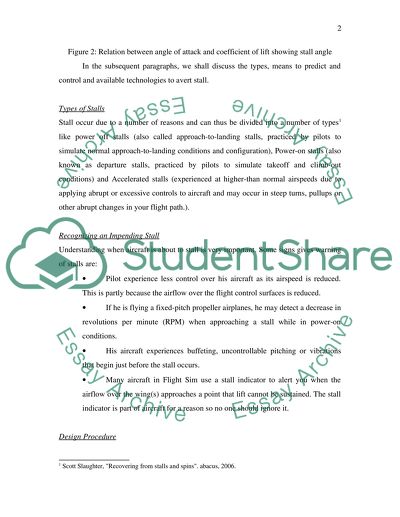Cite this document
(“Prediction of Stall Essay Example | Topics and Well Written Essays - 2250 words”, n.d.)
Prediction of Stall Essay Example | Topics and Well Written Essays - 2250 words. Retrieved from https://studentshare.org/miscellaneous/1512591-prediction-of-stall
Prediction of Stall Essay Example | Topics and Well Written Essays - 2250 words. Retrieved from https://studentshare.org/miscellaneous/1512591-prediction-of-stall
(Prediction of Stall Essay Example | Topics and Well Written Essays - 2250 Words)
Prediction of Stall Essay Example | Topics and Well Written Essays - 2250 Words. https://studentshare.org/miscellaneous/1512591-prediction-of-stall.
Prediction of Stall Essay Example | Topics and Well Written Essays - 2250 Words. https://studentshare.org/miscellaneous/1512591-prediction-of-stall.
“Prediction of Stall Essay Example | Topics and Well Written Essays - 2250 Words”, n.d. https://studentshare.org/miscellaneous/1512591-prediction-of-stall.


